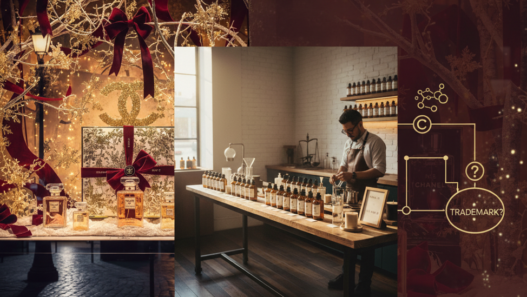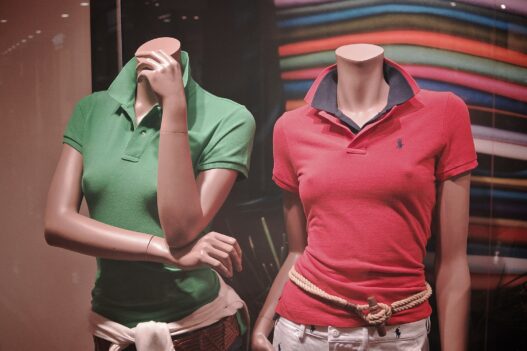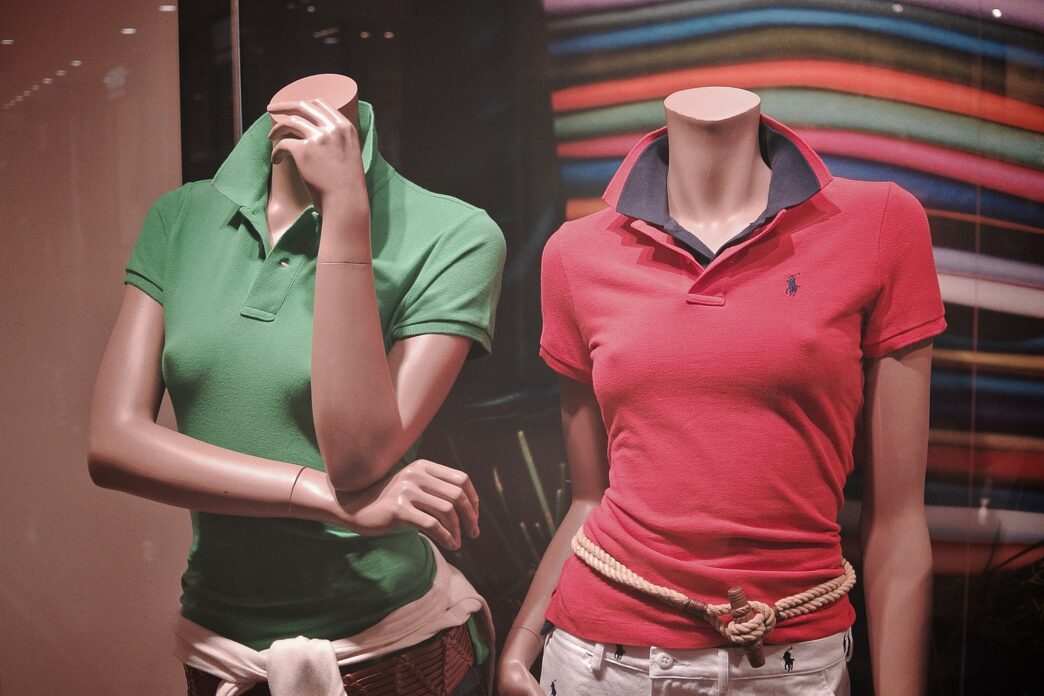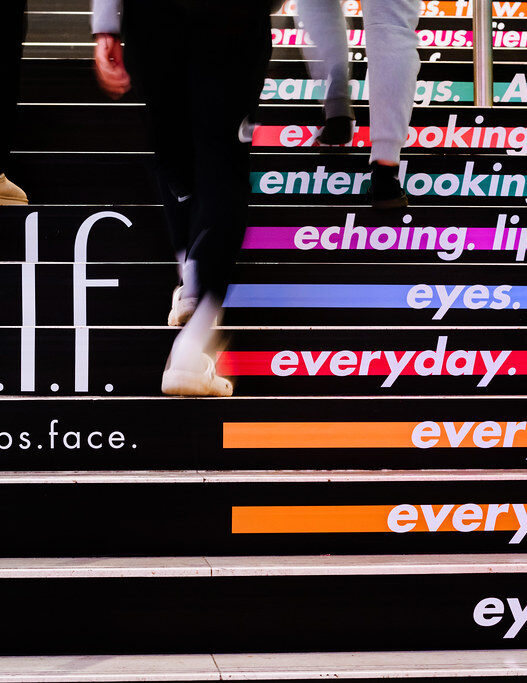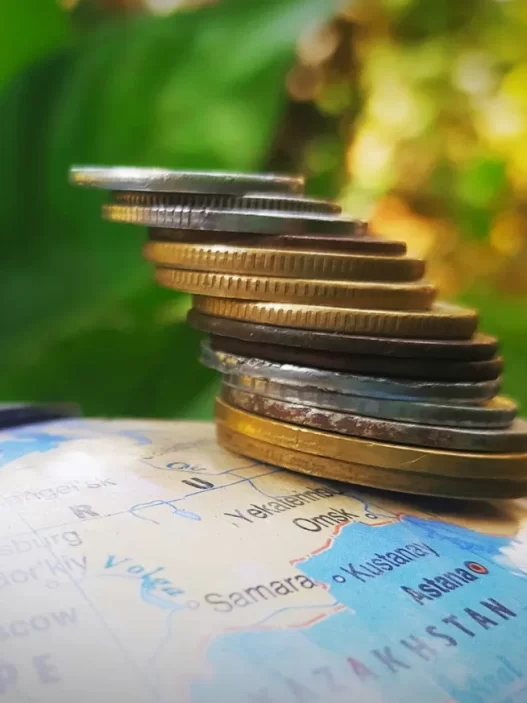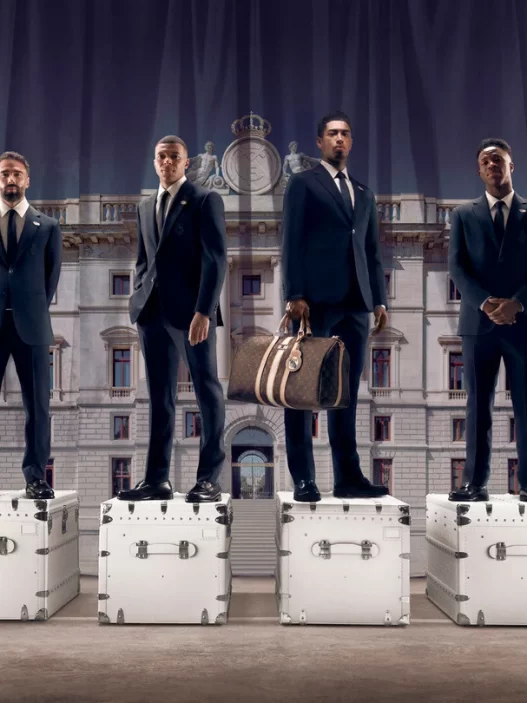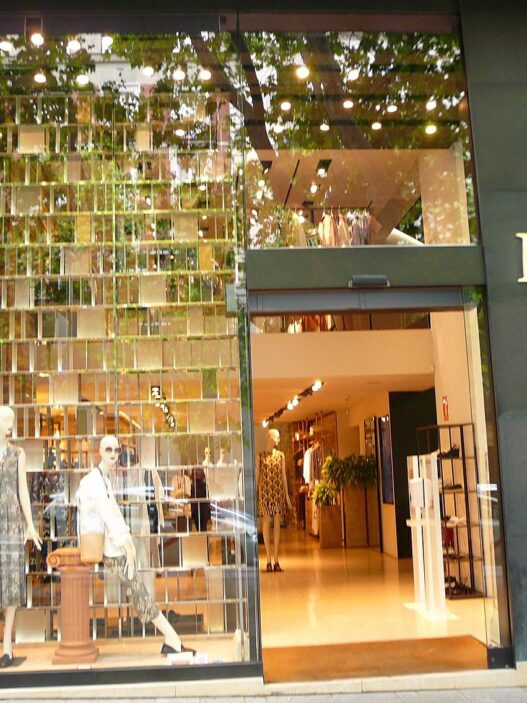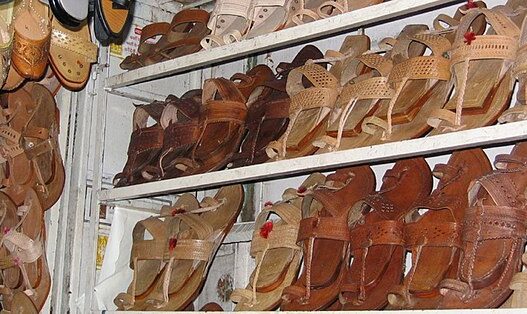Ralph Lauren, a name synonymous with classic American style, is bracing for a potential financial hit as tariffs continue to impact the global fashion industry. The iconic brand has announced it’s exploring potential price increases, leaving shoppers wondering just how much their favourite polo shirts and tailored blazers might cost in the near future. “We are assessing additional pricing actions for full-year 2025 and spring of 2026 to mitigate the potential impact of evolving tariffs,” said CEO Patrice Louvet.
Trump Administration Tariffs: A Refresher on Affected Goods and Rates
For those not glued to trade news, it’s worth remembering the origins of these potential price hikes. The tariffs imposed during the Trump administration targeted a wide range of goods imported from China, with the aim of reducing the trade deficit and encouraging domestic manufacturing. Key items affected for fashion brands include textiles, apparel, and footwear. While the initial tariffs focused on intermediate goods, the scope expanded to include consumer products, directly impacting brands like Ralph Lauren that rely on overseas manufacturing, even with local design. Current tariff rates on apparel hover around 25% on specific categories.
How Ralph Lauren Is Manoeuvring Through the Tariff Situation
Ralph Lauren isn’t simply accepting the tariff blow. The company is actively working on a multi-pronged strategy to lessen the impact on consumers. This includes:
- Supply Chain Adjustments: Shifting production to countries outside of China to avoid the tariffs altogether. Vietnam and Indonesia are reportedly being explored as alternative manufacturing hubs, although this shift takes time and investment.
- Cost Cutting: Streamlining internal operations and identifying areas to reduce expenses, from marketing budgets to operational inefficiencies. Details have emerged suggesting a closer look at sourcing raw materials more cost-effectively.
- Negotiations with Suppliers: Working collaboratively with existing suppliers to negotiate better pricing and explore shared cost reductions.
These measures are designed to soften the blow of the tariffs, but a complete offset is unlikely, leading to the consideration of price increases.
Analysing the Potential Ralph Lauren Tariff Impact on Prices: Specific Items and Estimated Increases
So, which Ralph Lauren items are most likely to see a price bump? The impact will primarily be felt in product categories where manufacturing is heavily reliant on Chinese production. Based on current assessments, the following could see price increases:
- Classic Polo Shirts: A staple of the brand, these could see a price increase of 5-8%, potentially adding $5-$8 to the current retail price of $98.
- Tailored Suits and Blazers: Given the intricate manufacturing process, expect a potential increase of 7-10%. A blazer currently priced at $400 might jump to $430-$440.
- Cashmere Sweaters: High-end materials and detailed production increase the tariff impact, possibly leading to a 6-9% rise. A $300 sweater could become $318-$327.
These are, of course, estimates, and the final price adjustments will depend on various factors, including the duration and scope of the tariffs.
Will Ralph Lauren Sales Mitigate the Tariff Impact on Prices?
Ralph Lauren’s strong brand recognition and loyal customer base could help cushion the impact of the price increases. While a price increase might deter some casual shoppers, dedicated fans are likely to remain committed to the brand’s quality and style.
Sales performance also varies geographically. While North America remains a key market, growth in Asia, particularly China, is a crucial element of Ralph Lauren’s long-term strategy. Tariffs impacting sales in China, therefore, have a compounded effect. The company is focusing on expanding its online presence and offering exclusive collections to specific regions to further solidify its global footprint and help offset potential losses due to the tariffs. Notably, European sales have remained relatively steady despite global economic headwinds, providing a degree of stability.
Competitor brands, such as Tommy Hilfiger and Calvin Klein, are employing similar strategies: shifting production, absorbing some costs, and strategically raising prices on certain items. Luxury brands, with their higher profit margins, may have more flexibility to absorb tariff costs without significantly impacting consumer prices.
Long-term, Ralph Lauren is exploring strategies like investing in more automated manufacturing processes and developing closer relationships with suppliers to create a more resilient supply chain, regardless of the tariff situation.
How Much Will Your Style Cost? A Personal Impact Calculator and Budgeting Tips
Concerned about how these potential price increases might affect your wardrobe budget? Here’s a simplified way to estimate the impact:
- Inventory: Tally up the Ralph Lauren items you typically purchase each year.
- Estimate: Multiply the total cost of those items by 0.05 (5%) to 0.10 (10%) to get a rough estimate of the potential increase.
To manage your budget, consider these tips:
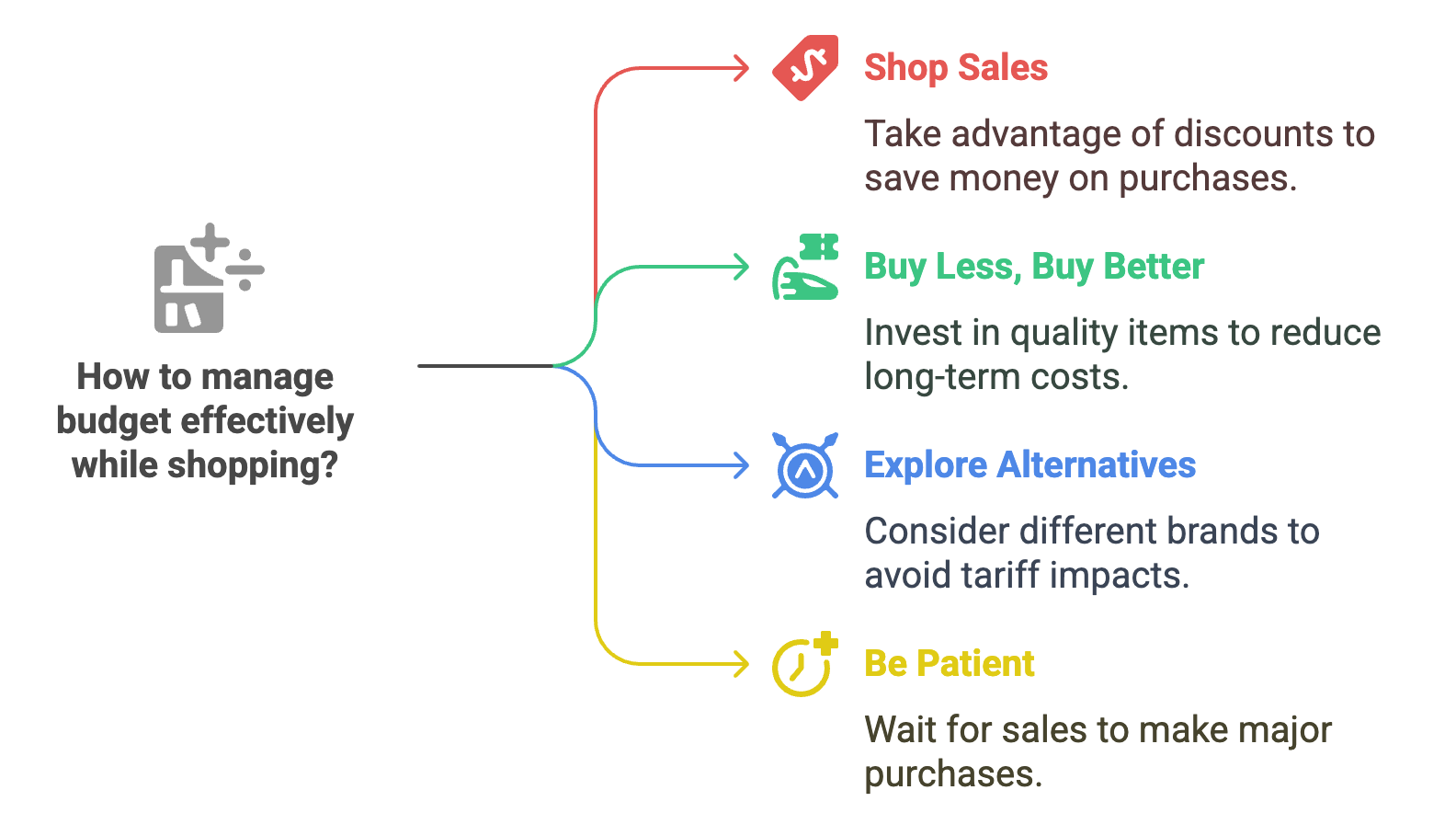
- Shop Sales: Take advantage of seasonal sales and promotional events to snag your favourite items at discounted prices.
- Buy Less, Buy Better: Invest in high-quality, timeless pieces that will last longer, reducing the need for frequent replacements.
- Explore Alternatives: Consider brands with similar styles and quality that might not be as heavily impacted by the tariffs.
- Be Patient: Wait for sales before making major purchases.
The future of tariffs remains uncertain, but one thing is clear: Ralph Lauren is taking proactive steps to protect its brand and its customers, and by being informed and strategic, you can continue to enjoy your favourite styles without breaking the bank.



